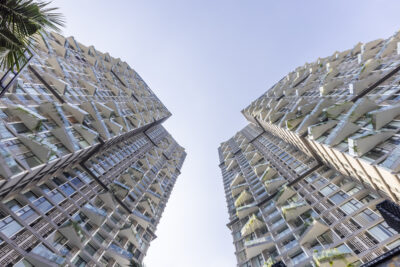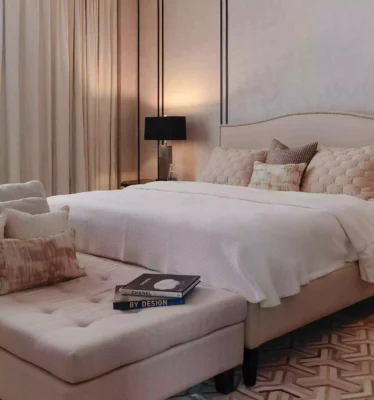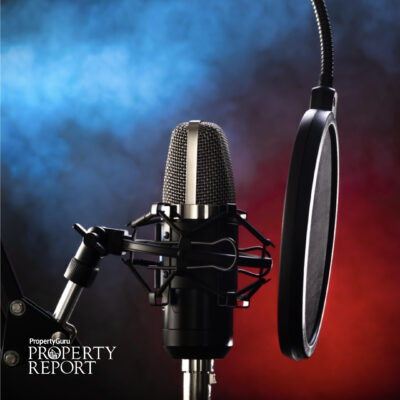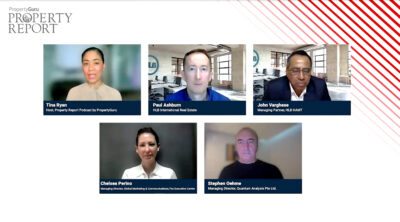Healthy buildings key to bring employees back into the office
The first step is to make sure ventilation systems are working the way they are supposed to
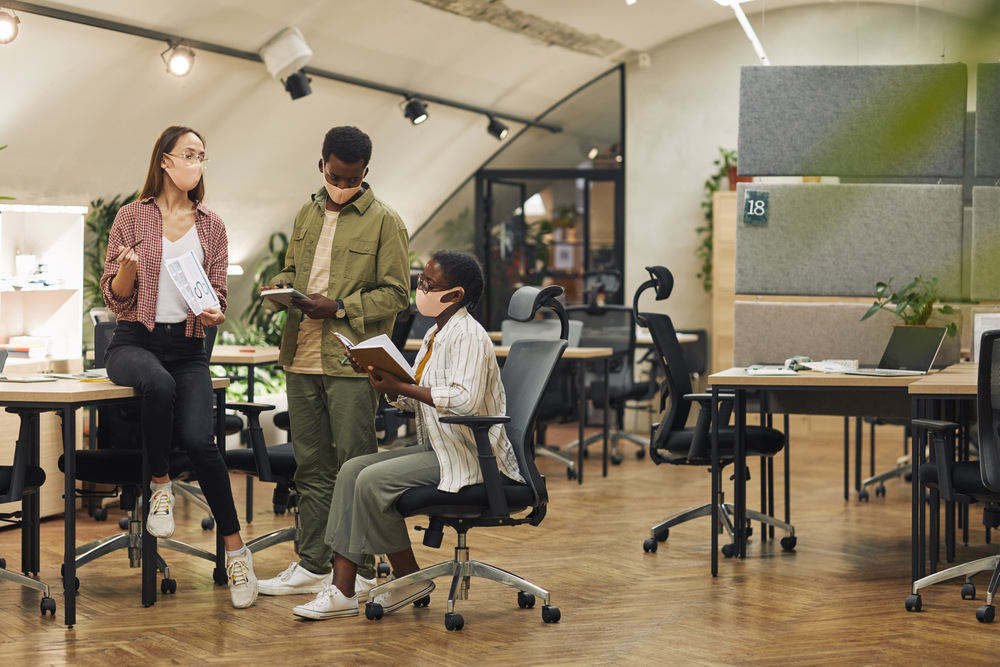
Healthy buildings have become the latest enticement to bring back work-from-office, with executives spending more time thinking about features such as ventilation and indoor air quality, reported CNBC.
Safety is a huge concern people contemplate as they slowly return to in-person work.
Meanwhile, companies carry on reassuring workers that elevator buttons, desks, computer keyboard, and every other public surface are being sufficiently sanitised.
Additionally, they’re also paying more attention to how healthy the air is inside those buildings, and how these elements can help prevent the spread of COVID-19 and other respiratory ailments.
Joseph G. Allen, associate professor at Harvard’s T.H. Chan School of Public Health and director of the Harvard Health Buildings program said, “I don’t think business people realise the power of buildings to not only keep people safe from disease but to lead to better performance.”
“Greater ventilation leads to significantly better cognitive function performance of employees. It’s good for worker health and productivity,” he added.
As COVID-19 is spread through respiratory aerosols that travel well beyond six feet, rooms and buildings need to be well-ventilated to hinder aerosols build-up, so it won’t infect someone beyond that six-foot distance.
“Just like we’ve made great gains in public health around sanitation, water quality, and food safety, indoor air quality is going to be part of that conversation moving forward,” he said.
There are many steps building managers can take to tune-up the development.
Firstly, managers need to determine what systems are in place and if they are operating as they were designed to do. The second step is maximising the amount of outdoor air coming into the building. Lastly, air filters should be upgraded to MERV (minimum efficiency reported value) 13.
More: New design concepts for homes following the COVID-19 pandemic
Contrary to what people may think, not just new, modern buildings can be health-focused. Any building can be a healthy building.
“Any building can be a healthy building and it’s not hard to do and it’s not that expensive,” he added. “In fact, I would argue that healthy buildings aren’t expensive. Sick buildings are what’s expensive.”
The Property Report editors wrote this article. For more information, email: [email protected].
Recommended
Dewan Architects’ Mohammed Adib leads with human-centred design and technological innovation in the Middle East and beyond
Mohammed Adib channels his childhood curiosity and dislike for design uniformity into his work at Dewan Architects + Engineers
UAE real estate shifts focus to sustainability and quality, revitalising iconic projects
The UAE has risen from its challenges to emerge as a more sustainable, quality-focused destination
Exploring A Life By Design’s maximalist approach to interior design
Andrea Savage is embracing the maximalist trend with bold and vibrant interior designs
Jakarta’s emerging innovation hub integrates tech and healthcare sectors
The Digital Hub in BSD City is being positioned as Indonesia’s counterpart to Silicon Valley

